With the Holidays season upon us – at this time of year, more than any other – we reflect upon all that we are grateful for and work hard to ensure we’re raising grateful children.
I don’t know about you, but when I think of the practice of expressing gratitude for all the things I’m thankful for, my mind tends to go into overdrive.
Thoughts of all the things I can do overwhelm me; donating to a food bank, buying gifts for others in need, contribute to a special organization and grabbing a name off a local giving tree.
No doubt, these small acts of kindness and teaching my kids about altruism are important because it shows us why we should be grateful, but the true lesson lies in learning how to feel thankful.
POSITIVE STATE OF MIND
It makes sense though, right? The more positive and happier our mind is, the happier and likely, more content we will be within our lives.
The results from Robert A. Emmon’s from the University of California, Davis’ study concluded that happiness practices and a state of mind, do stick over time.
“Gratitude not only makes people feel good in the present, but it also increases the likelihood that people will function optimally and feel good in the future.”
Children look to their parents for guidance (for most everything) and teaching gratefulness and how to be genuinely thankful falls squarely on our shoulders.
The bottom line is this: If we don’t have it, how they we expect them to.
We must be an example for our children; modeling gratitude through our actions, words and a frame of mind so that our children will develop their own attitude of gratitude.
ACTIONS OF GRATITUDE
It seems each year becomes busier and busier so when I mention acting with gratitude, a lot of people’s minds immediately bank left and wander to donations, gifts, and purchases (I know mine did at first too). And then those thoughts are followed by all the extra time – and expense – it takes to do these things (not good, right?)
But, this isn’t what acting with gratitude is. This isn’t what being thankful is.
Acting with gratitude means writing thank you notes.
It means finding opportunities to be kind and help others in simple, yet meaningful ways.
It means showing your appreciation for others.
It means that in a moment, you choose to do something nice for another person.
Some examples:
- Pick up extra duties around the house that you don’t normally do to help your partner out. If your wife cooks dinner most nights, offer to cook or pick-up take-out so she can have a break. If you husband bathes the kids every night, give him a night off. Show that you appreciate one another and verbalize this too.
- Share your appreciation when your kids help around the house.
- If there is a person on the sidewalk asking for food, hand him a granola bar or apple that you have in your bag. Be grateful for what you do have and share it with others.
- Leave a nice note or sticky on the fridge to say I Love You and Thank You.
- Tell your kids thank you when they do something without being asked.
TALK THE TALK
Actions speak loudly – especially to your kids. But make sure you can walk the walk and talk the talk.
Reinforce what you do with what you say. And vice versa.
Be sure to say Thank You for gifts, and when people offer you their help or do kind things. Say Thank You to those in the service industry such as waitresses, the grocery bagger, trash collector, mail carrier, car attendant and many more who help you.
The state of gratitude is a positive one, so try your best to find the positive, always.
Watch your reactions and pause before you act with negativity.
For example, if a group of girlfriends are talking badly about another Mom, or someone is venting to you over the phone, and then a family member is voicing anger over a situation at work – pause – and choose to remove yourself from the negativity and don’t engage in this behavior.
There are always kids watching and listening – be the bigger person for them to see (and admire.)
Make the choice to turn the conversation around. Build up others and find the positive.
For example: What good characteristics does this person have?
The Mom that they’re talking badly about may have lost her temper at the park this morning but stop and think… does her husband work long hours and she’s with the kids most of the time by herself? You know for a fact that she cooks homemade meals every day and spends all her time playing with her kids. In fact, she’s an excellent Mom.
Why not focus on the things she does well instead of the one instance where she lost her cool? We’ve all been there. Just remember to pause and choose to navigate the conversation from negative to positive.
It may not be what the other person wants to hear but it is what they – and your kids – need to hear.
Sure, when someone tells you to look for the positive or “be grateful for what you have,” as a means of finding the silver lining, you may want to kick them, but stop and pause.
Emmon’s findings suggest:
“Positive emotions in the aftermath of crises buffer resilient people against depression and fuel thriving, consistent with the broaden-and-build theory.”
REACHING YOUR KIDS
When it comes to your children, use constructive praise to point out positive traits, behavior and actions – especially kind actions – to help them see the positive so they learn to look for it in themselves and others. (This is also great for building their confidence.)
Most importantly, teach children that jealousy is never a good substitute for gratitude.
When they begin wishing they had what someone else has – a toy or an experience are common jealousy triggers – help them keep the feelings of jealousy at bay.
Talk about the checklist of things in their life that they are already blessed with. Write them down if that helps. A running inventory of the “good things” reminds kids of all that they are grateful for. When they see the sheer size of how long their list is, they remember what’s most important.
SIMPLE PRACTICES TO BUILD GRATITUDE
One of my favorite practices to teach the kids gratitude is to go around the dinner table each night and have every person share one thing they were grateful for, that day.
It can be silly things like being grateful for a yummy snack or a toy, but this is where the foundation of gratitude begins.
When parents share the things they are grateful for – which are generally broader and not tied to materialistic objects – kids begin to adapt their grateful practice to the bigger picture. You’ll start to see the transformation towards meaningful things such as health, home, family, stability, relationships, time and experiences than materialistic objects.
If writing things down and being able to reread often works better for you, keep a gratitude journal. Simply write down one thing each day that you are grateful for on a piece of paper like this one (Gratitude Journal Printable,) or a dedicated notebook.
Another way to involve your kids in an every-day activity is to have a gratitude jar. A gratitude jar works like this; each member of the family writes down one thing they are grateful for (aim for every day but a couple times a week works too), drops the note in the jar and at the end of the year you pull everyone’s notes out and read them aloud.
Whatever practice(s) work best for your family, create a habit by doing it at the same time, every day.
TO RECAP
The hardest thing you can do is to train yourself to always look at the positive.
Building a habit takes practice and effort.
When the mind and world is inundated with negative messages and news stories, gossip and unhealthy practices, we easily lose sight of all that we should be grateful for and the good that fills our lives – even during hard times and disappointments.
Start small by saying Thank You and then add a gratitude journal, go around the dinner table sharing one thing you’re each grateful for each day, put a gratitude jar on the counter in your kitchen and consciously aim to look for the positive in the face of negativity.
Gratitude will grow in you and your kids when you purposefully practice it.
Want More?
- Gratitude Journal (Printable)
- Simple Acts of Kindness for Kids
- 9 Ways to Build Your Child’s Confidence
- Stop Saying “Good Job” and What to Say Instead
- How to Create a Positive Home (And Why this Will Affect Your Kids Forever)
Want even more?
Shop All Parenting Resources
Shop all of our parenting resources from self-regulation tools and managing big emotions to building self esteem and confidence. There are resources for all seasons of life!


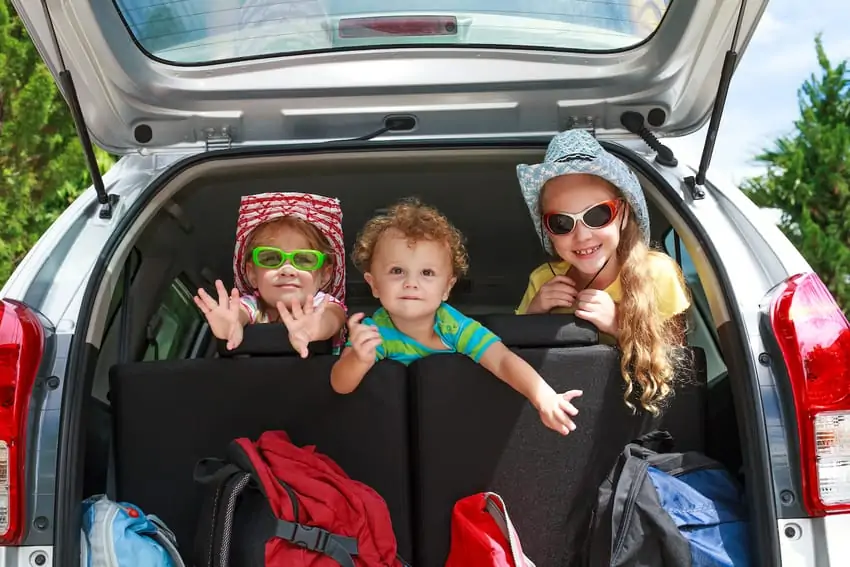
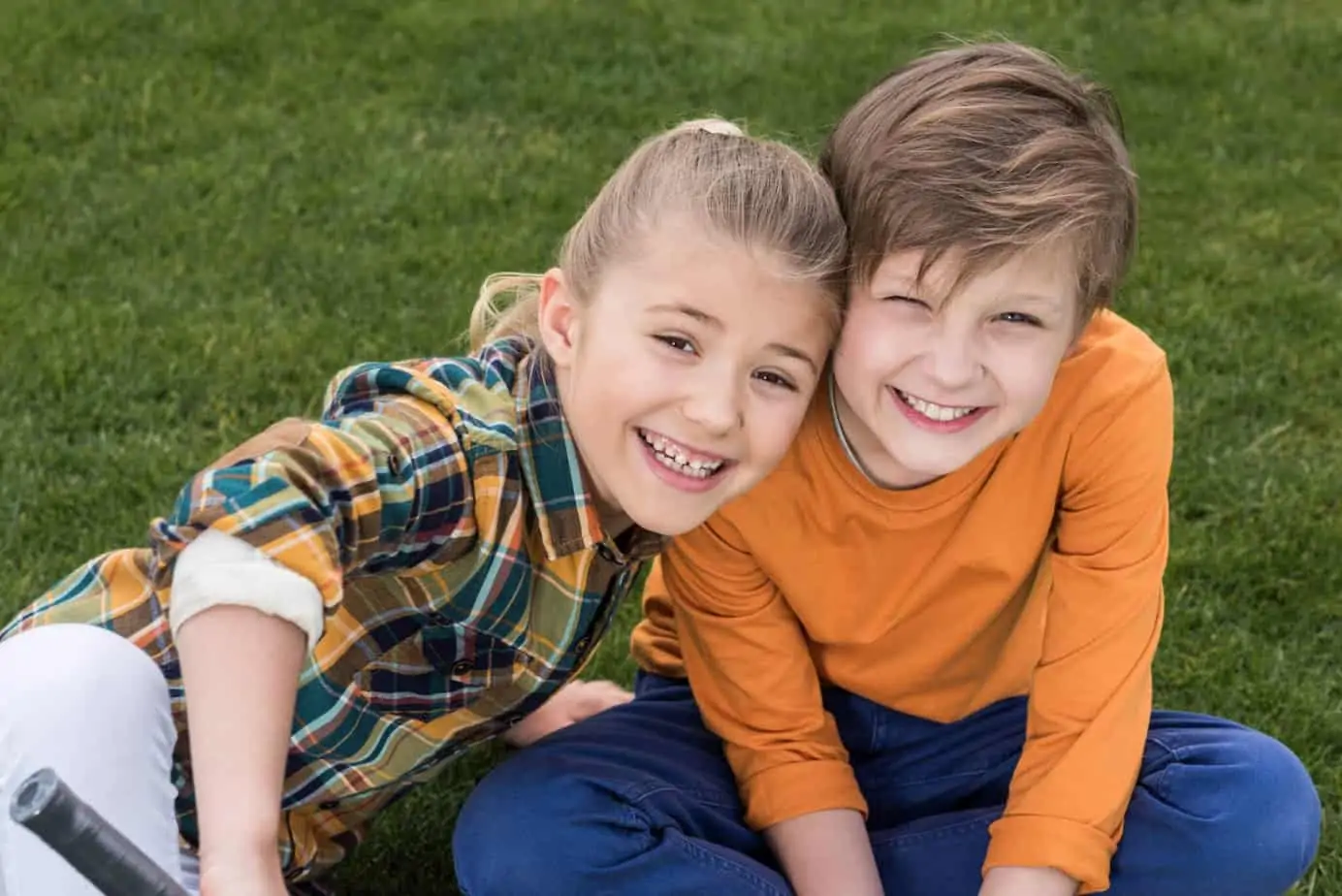
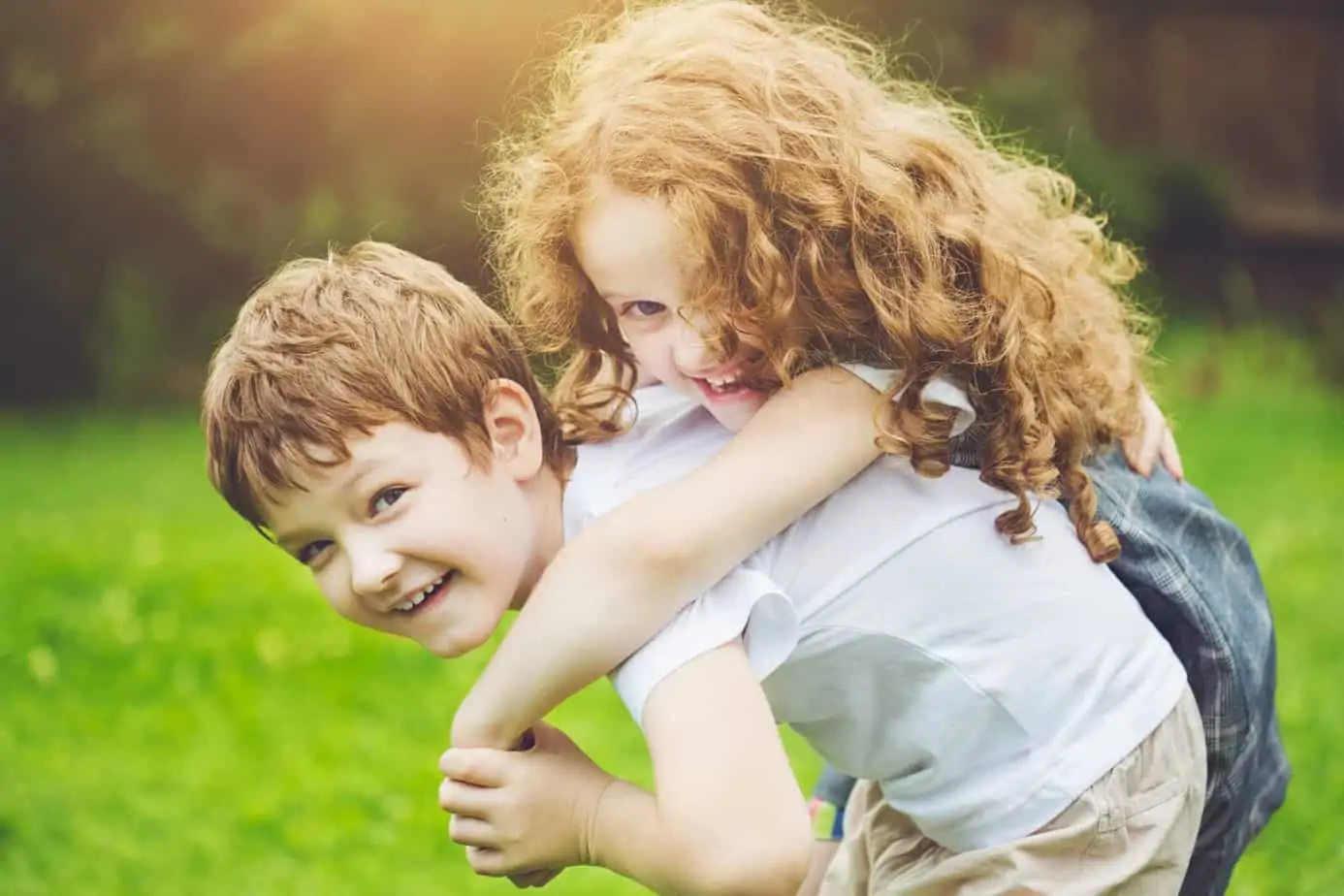
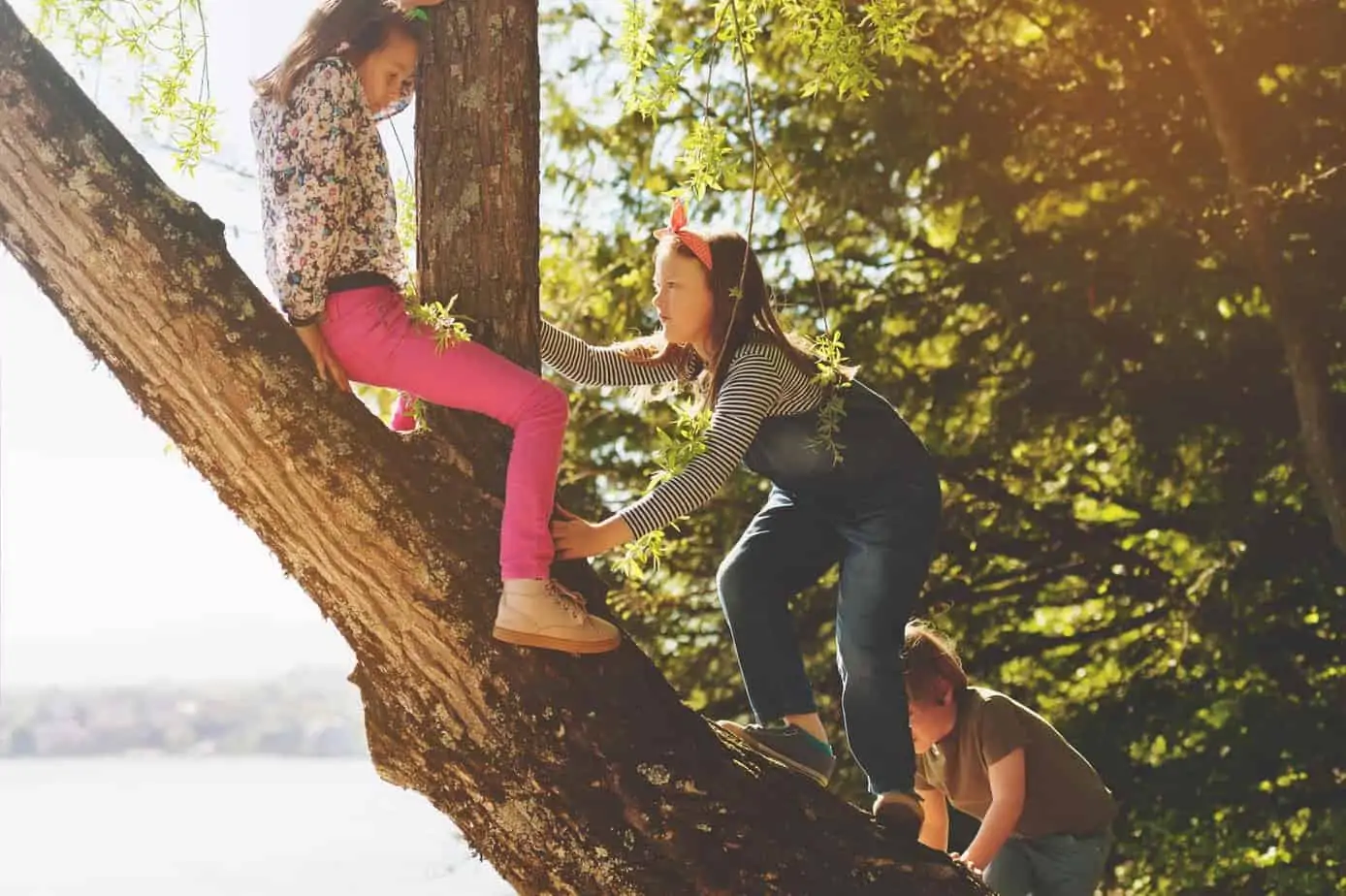
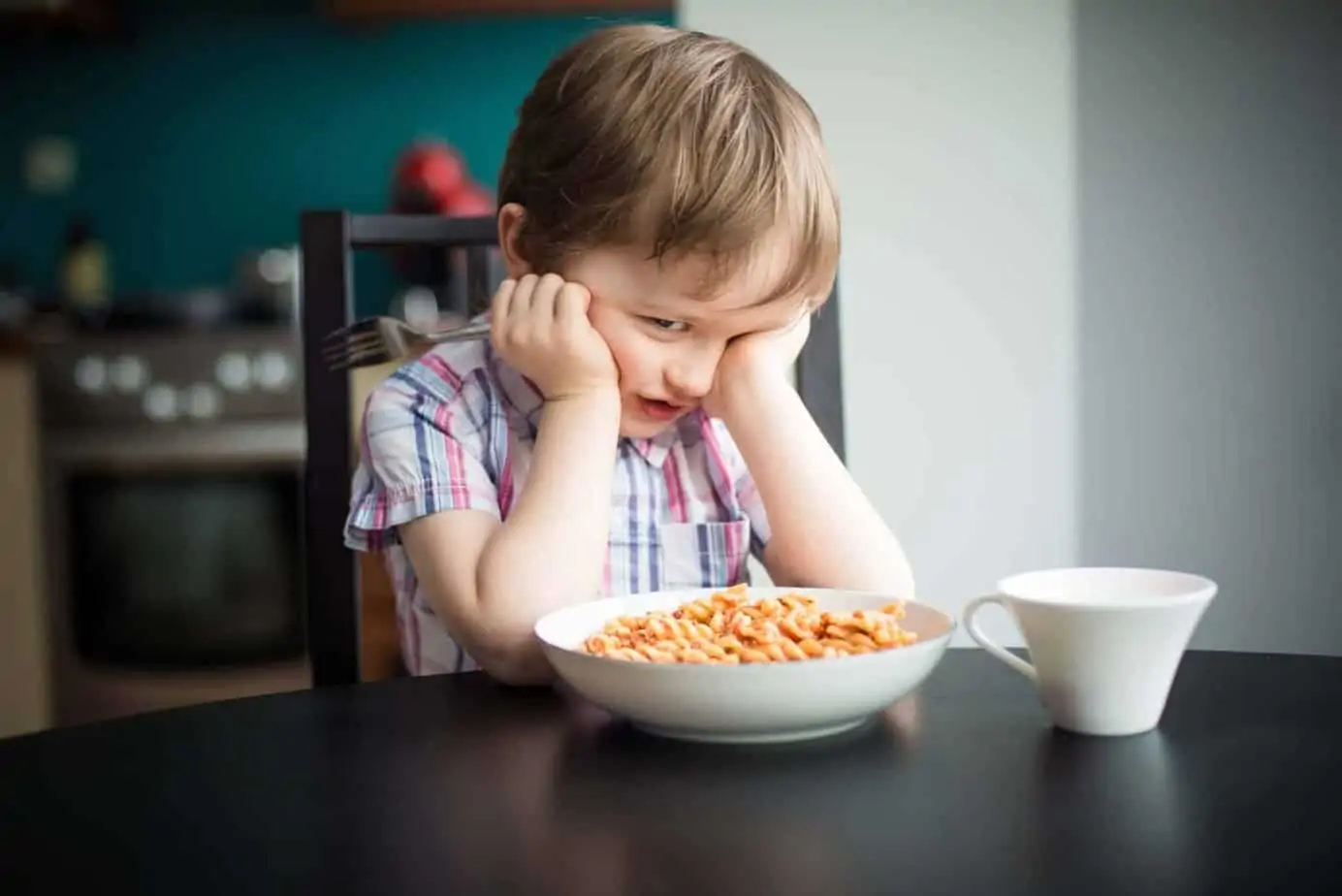
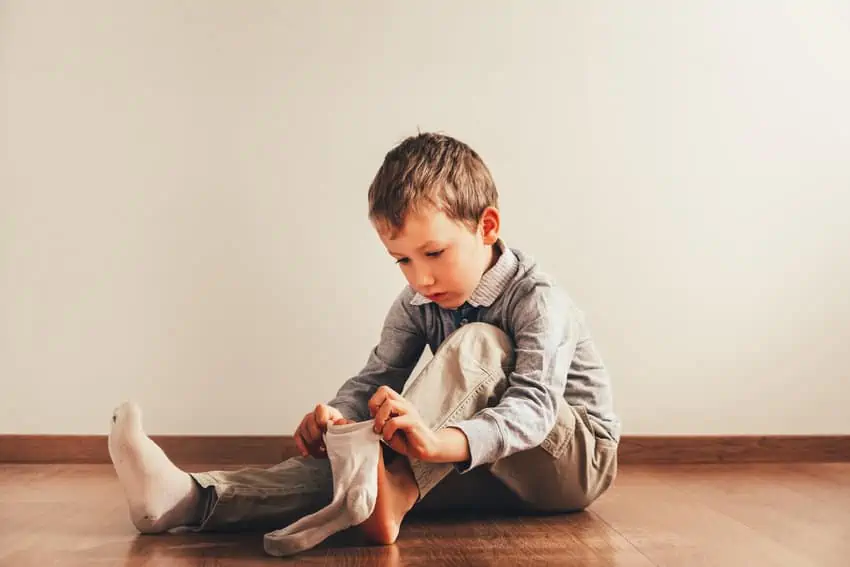

Thanks Corinne for inspiring and teaching me through your writing.